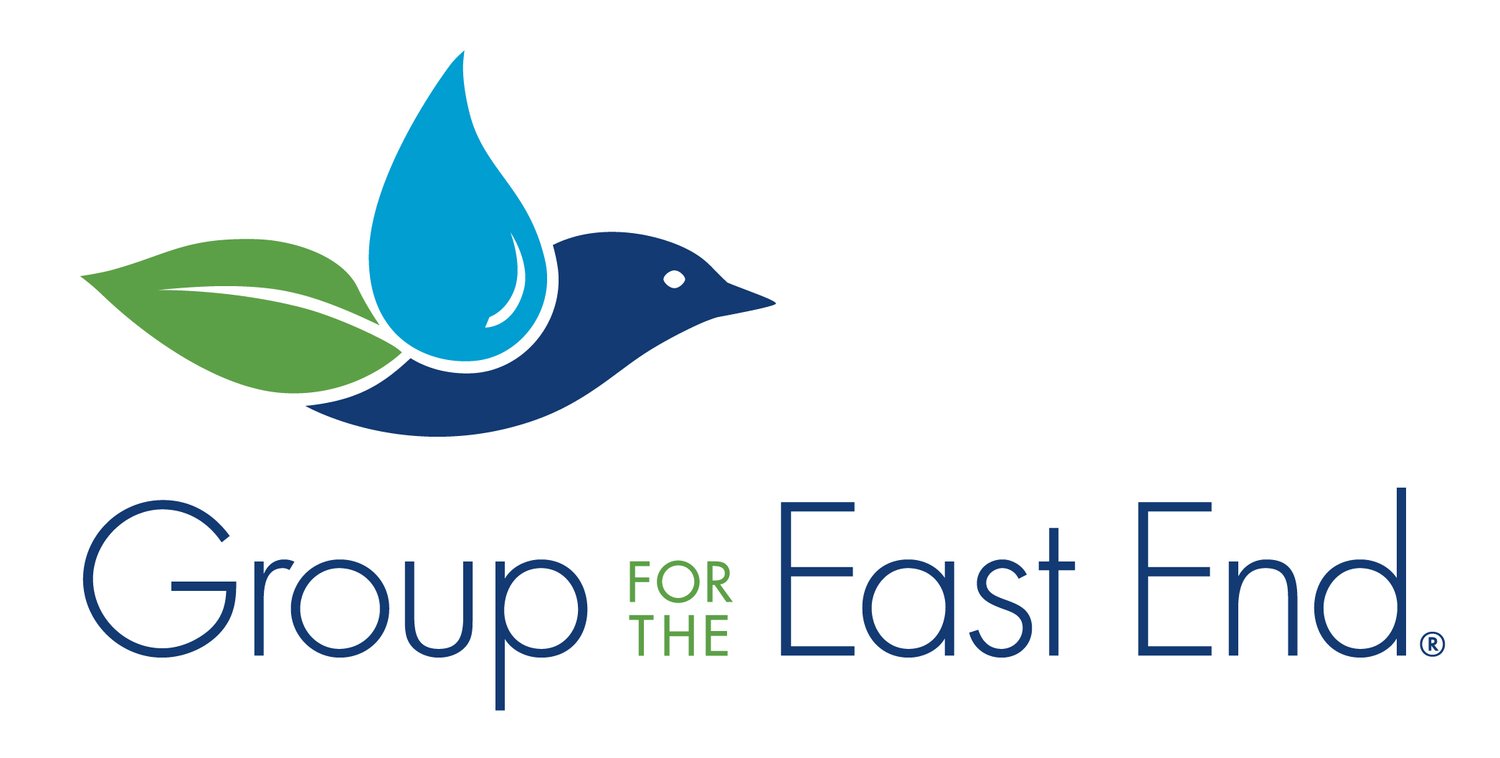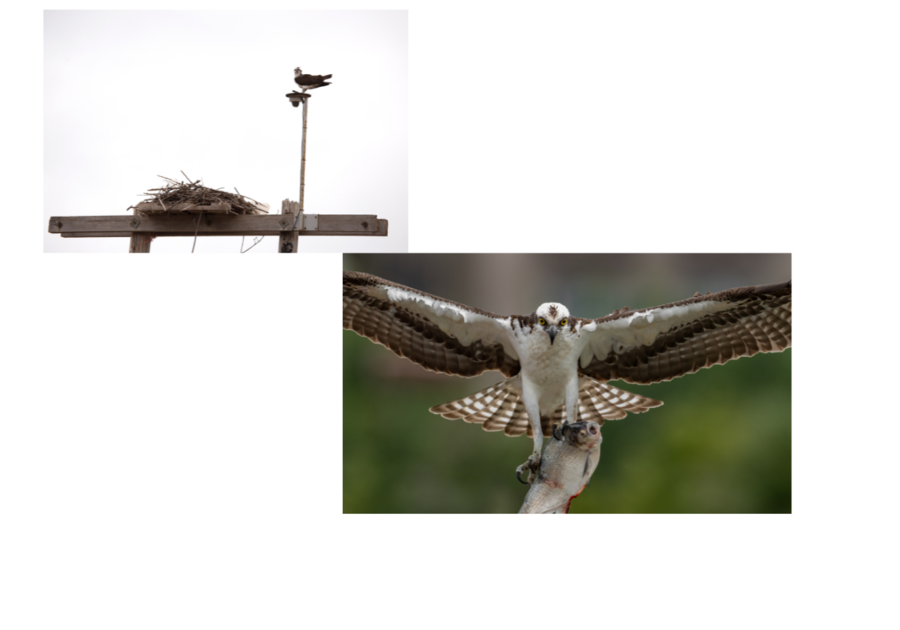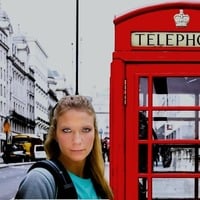Ospreys are back from the brink!
For more than 30 years, the Group has been monitoring The East End Osprey Population.
Written By:

Get a bird's eye view of ospreys and their chicks during nesting season from March to September in Bridgehampton, New York & Oyster Bay, New York.
Current Efforts
With the help of extraordinary volunteers, we collect data on more than 400 breeding sites every three years and report that information to New York State. This effort has been critical to restoring the osprey population. As their numbers have increased, we are delighted to see more birds nesting in trees, a spectacular benchmark in the species' recovery!
However, overdevelopment and habitat loss have resulted in more birds building nests on utility poles, which is extremely dangerous and has resulted in chicks and adults getting electrocuted. To address this problem, the Group teamed up with the utility company PSEG, which has become an integral conservation partner. The Group identifies potentially hazardous utility poles, and PSEG installs V-guards and other nesting deterrents. The birds also nest on docks, chimneys, and other structures.
History of the Osprey on Long Island
In the early 1970s, ospreys were on the brink of extinction due to the use of DDT. This disastrous pesticide caused the thinning of eggshells, which led to unsuccessful breeding attempts and the devastation of populations across the globe. DDT was banned in the United States in 1970, but it took years for ecosystems to recover fully. 1976 the species was listed as "Endangered" in New York. Eventually, they were downgraded to "Threatened" in 1983 and then "Special Concern" in 1999.
Since the dawn of this catastrophe, the Group and many other organizations have worked tirelessly to bring these iconic birds back to the East End. Early efforts involved installing osprey poles in suitable breeding habitats and monitoring the population. With the recovery in full swing, we continue to monitor the birds and have ramped up efforts on habitat conservation, deterring birds from nesting on utility poles and public awareness.
Q/A:
How is the Group currently protecting ospreys?
With the recovery in full swing, many ospreys build nests on utility poles with electric wires, placing them and their chicks in danger of electrocution. To reduce this risk, the Group partners with the utility company PSEG Long Island to identify, map, and install hundreds of nest deterrents on the most dangerous poles and equipment. These efforts help protect the birds and allow for safe and proper utility maintenance.
A critical part of our osprey conservation work is preventing overdevelopment on the East End and restoring critical habitats. For decades, the Group has advocated for land preservation and water quality protection and educating adults and children on the importance of stewardship.
Do ospreys only nest on artificial platforms?
No. Historically, they nested in trees, on offshore rocks, or right on the beach. When the osprey population sunk to just 75 pairs in the early 1970s, the Group, and other organizations installed platforms in prime nesting locations to protect the birds from predators and increase breeding success rates. Today, we see more ospreys returning to natural nesting sites.
Can I install an osprey platform on my property?
Maybe. If your property has a suitable habitat for an osprey platform, we strongly suggest using a licensed, insured contractor and adhering to local building requirements. To determine if your property has a suitable habitat for installing a platform, contact the group at info@thegroup.org.
Can I remove an osprey nest from my property?
You must remove an osprey nest with approval by the New York State Department of Environmental Conservation (NYS DEC). Federal and state laws protect ospreys and their nests from disturbance and disruption during the breeding season from March 15 to September 1. Outside of the breeding season, the NYS DEC can authorize the removal of a nest if its location is a nuisance or creates a danger to the home. Contact the NYS DEC Regional Office at (631) 444-0200 for details.
I'm concerned about an osprey nest that is damaged or has fallen. What should I do?
Osprey nests may sustain considerable damage after a storm or deteriorate over time, but the birds are skilled carpenters and can usually secure or rebuild their nests. Not all platforms will endure, just as natural nest sites change over time.
Does the Group install nesting platforms?
No. We have shifted our conservation strategies from species recovery to reducing potential human-osprey conflicts through education and outreach. The Group also continues to monitor the local population and protect nesting habitats critical to the birds' survival.
Can I relocate a nest on my property to a nearby platform?
Possibly. The nearby platform must be in an appropriate nesting location, and you must get approval from the NYS DEC. See the back panel for contact information.
I'm concerned about a lean Osprey pole/platform. What should I do?
If you see a leaning or otherwise unstable osprey platform or pole, the Group may be able to offer advice. Contact us at info@thegroup.org.
What should I do if I see an osprey entangled in debris or visible distress?
Ospreys can get entangled in fishing lines or other marine debris that can cause severe injury or death. If you know of a local wildlife rehabilitator, contact them immediately. If not, call the Evelyn Alexander Wildlife Rescue Center Hotline at (631) 728-9453.
Will bald eagles on Long Island affect the osprey population?
In recent years, the number of bald eagle breeding pairs has increased here, but there are substantially more osprey pairs. While the two species undoubtedly compete for food and nesting locations, they are known to coexist successfully in other areas. In the future, our monitoring efforts will help determine if bald eagles are having any effect on the ospreys.
How can I prevent ospreys from nesting on my chimney, dock, or other structures that may harm the birds and create a nuisance?
Ospreys can be tenacious once they find a nesting site they like. It can be challenging to deter the birds from nesting, even if the location is dangerous. The best strategy is to make the nesting site attractive and easy to build on. Here are some ideas that have worked:
Flags: Use colorful flags or windsocks to create movement around the potential nesting site.
Physical Deterrents: Create a slippery, steep, uneven surface around the nesting site. Plastic cones, piling covers, uneven crates, and slippery plastic pails are good deterrents. Don't use spikes that typically deter pigeons from nesting, as they can serve as a good foundation for osprey nests.
Decoys: Success rates vary, but a bald eagle decoy can effectively deter an osprey from nesting. Other decoys such as a fox, coyote, red-tailed hawk, and owl may also work. Decoys should be installed before March 15, when the breeding season begins.



